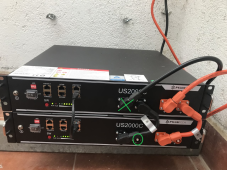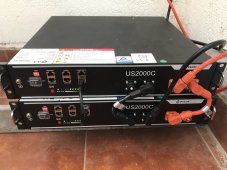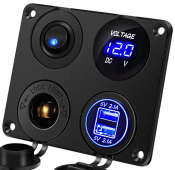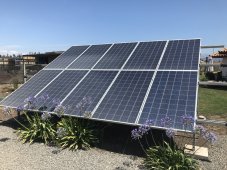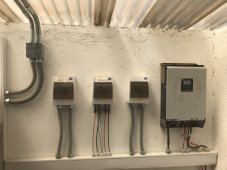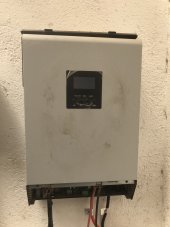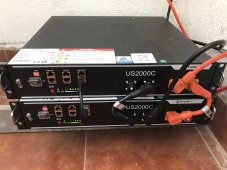wattmatters
Solar Wizard
There will be setting options in the inverter to turn alarms and sounds on/off. In my inverter these are settings #18 and setting #22. Check the manual for which settings apply for your inverter.Makes sense, but that still leaves the problem that the inverter will beep continuously with low battery warning which will be audible in half the house. How can I make it shut up?
For mine I leave the alarm on (#18) but turn the beeping off (#22). When you turn the beeping off it will stop that incessant beep every time you press a button on the display. Not sure about which setting silences alarms because I've never had one! Personally I wouldn't mind if the inverter sounded for alarm states.
Well you'll know for next time.thanks a lot for helping out. is it a bit late for that now, since they have already been connected?
I think in your case because there are only two batteries they will be OK, the batteries will self balance over time provided you change the main terminal connection point as discussed and because you only have two batteries that will do a good job of charging/discharging them evenly and they should sort themselves out. Hopefully you will get a good solar day soon to give them a good full charge.
I've not used those battery power cable connectors before but pretty sure they can just be unplugged and plugged back on. They are made to be a super simple and fast to install battery system.
First turn off your inverter (should be a switch on it somewhere, probably underneath) and then turn off the batteries before unplugging the either the positive or the negative battery cable (doesn't matter which, just choose one) and reconnecting it to the other battery's spare terminal of the same polarity (black/negative to black/negative OR red/positive to red/positive).
WARNING:
DO NOT TOUCH A BLACK CABLE TO A RED TERMINAL OR A RED CABLE TO A BLACK TERMINAL.
WEAR SOME SAFETY GLASSES (it's good practice even though this is one very simple job).
Then turn on the batteries and then the inverter. That's it, simple!



